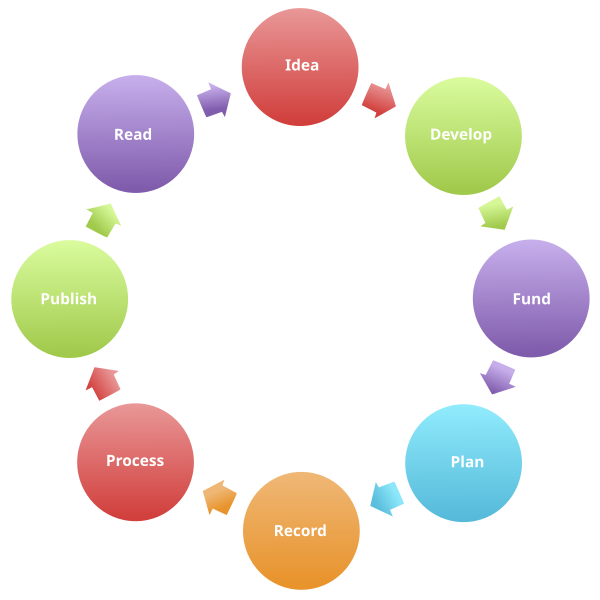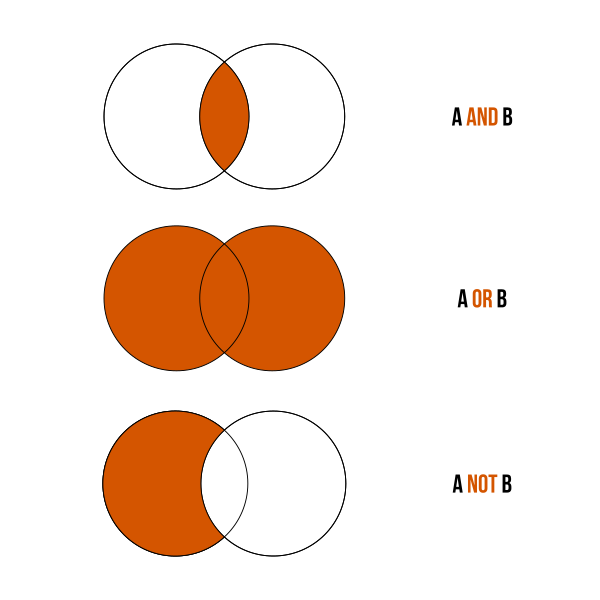OCR Specification focus:
‘Use online and offline research skills and correctly cite sources of information in scientific work.’
Research skills and correct citation are fundamental to reliable biological investigation. Effective research supports experimental planning, develops scientific understanding and avoids plagiarism through accurate acknowledgment of sources in an accepted citation style.
Research in Biological Investigation
Good research skills allow biologists to gather background information, interpret evidence and develop justified hypotheses. Research contributes to planning by helping identify suitable variables, equipment and controls. Both primary sources (original research articles, experimental reports or raw data) and secondary sources (textbooks, review articles or reputable websites) are used to build scientific context.
Primary source: An original scientific publication presenting new data, methods or findings written by the researchers who performed the work.
Research also forms the basis of a literature review. A literature review is used to evaluate existing knowledge, highlight gaps and support a rationale for investigation. It should be selective, relevant and focused on the biological question being studied.

A circular research cycle diagram showing the iterative relationship between problem identification, background research, investigation, analysis and communication. It illustrates how research supports and informs each stage of scientific enquiry. Source.
Online and Offline Research Skills
Students must be able to access and interpret scientific information using a range of research tools. Online methods include journal databases, digital textbooks and academic search engines, while offline methods include printed textbooks, laboratory manuals and library archives.
Online Research
Effective online research requires careful selection of search terms, including keywords from the biological topic, organism name or specific processes.

A Boolean search diagram showing how AND narrows searches to overlapping terms, OR broadens results by including either set, and NOT excludes unwanted terms. These operators help refine scientific database searches for greater precision and relevance. Source.
Reliable online research tools include:
• Academic databases such as PubMed or Google Scholar
• Specialist biological organisations such as the Royal Society of Biology
• Government or educational websites for statistics and guidance
Bias and source credibility must always be considered. Peer-reviewed material carries greater scientific reliability because it has been evaluated by experts before publication.
Offline Research
Offline research remains important for accurate referencing and for accessing material not freely available online. Textbooks, laboratory handbooks and printed journals provide high-quality curated information. Students should record page numbers and publication details during note-taking so that references can be cited correctly later.
Avoiding Plagiarism and Ensuring Academic Integrity
Plagiarism is presenting another person’s ideas or words as one’s own. It is avoided by paraphrasing, quoting sparingly and citing all external sources. Reliable note-taking methods reduce accidental plagiarism by keeping research notes separate from draft writing.
Plagiarism: The presentation of someone else’s words, data or ideas without acknowledgment of the original source.
Researchers must also evaluate validity, reliability and accuracy of the information used. Valid scientific work is supported by evidence, free from bias and consistent with established biological principles.
Correct Citation in Scientific Work
Citation acknowledges the original source of information and allows others to trace scientific ideas. In OCR A-Level Biology, students are not required to use a single specified referencing system, but they must apply one style consistently. Common systems include Harvard, APA and Vancouver. Each system has two linked parts: in-text citation and the full reference list at the end.
An in-text citation is a brief note in the body of the writing showing where information originated. A full reference gives complete publication details, allowing the source to be located.
Key Components of a Full Reference
Although formats vary between styles, all correct reference lists should include:
• Author(s)
• Year of publication
• Title of article or book
• Journal or publisher
• Page numbers or website access information
For websites, the date of access must also be included because online content can change. References must be organised alphabetically by author surname and formatted consistently.
Using Citation Tools and Software
Software tools support efficient citation. Reference managers such as Zotero, Mendeley or EndNote store sources, generate formatted bibliographies and reduce transcription errors. Word-processing tools, database export features and citation generators can also save time, but students must proofread every reference to ensure accuracy.
Correct citation also applies to images, diagrams and data tables. When using biological schematics, micrographs or graphical data from another source, the creator must be credited. Even when data are processed into a new graph, the original source must still be cited.
Integrating Research into Scientific Writing
Research findings should be used to justify hypotheses, compare experimental results with established knowledge and support evaluation. When presenting information from multiple sources, students must:
• Paraphrase in their own words to demonstrate understanding
• Use scientific terminology accurately
• Cite every source that influenced their ideas, not only direct quotations
Effective research and proper citation strengthen scientific communication, allowing findings to be transparent, reproducible and academically credible.
FAQ
Check whether the source is peer-reviewed, written by qualified authors and linked to a recognised scientific body or institution. Avoid anonymous sources, advertising-heavy sites and articles without references.
Reliable scientific sources typically:
• Provide citations to original research
• Come from universities, journals or government organisations
• Use objective, evidence-based language
Quoting uses the original wording and must be placed in quotation marks followed by a citation. It should be used sparingly in scientific writing.
Paraphrasing involves rewriting the idea in your own words, showing understanding of the concept. Paraphrased information must still be cited.
A DOI (Digital Object Identifier) is a permanent alphanumeric code assigned to digital publications, such as journal articles.
It ensures that even if the web address changes, the source can still be reliably found. DOIs help maintain traceability and accuracy in references.
Keep research notes separate from your written drafts. Record the source next to every piece of information as you write your notes.
Use your own wording from the start, and avoid copying and pasting text. When planning, summarise ideas rather than sentences, then write in full later.
Markers must be able to quickly identify where information came from, and inconsistent formatting can cause confusion.
Consistency helps maintain professionalism and credibility. Whether using Harvard, APA or another style, apply the same format for every citation and reference.
Practice Questions
Question 1 (2 marks)
Explain why it is important to cite sources when writing up biological research.
Question 1 (2 marks)
Award 1 mark for each valid point, up to 2 marks.
• Citation gives credit to the original author or source. (1)
• It allows others to trace information back to its origin and supports academic integrity. (1)
• Accept: prevents plagiarism / shows where information was obtained. (max 1)
Question 2 (5 marks)
A student is carrying out background research before planning a biology investigation. Describe how the student should use both online and offline research effectively, and explain how they can avoid plagiarism and ensure their work is correctly cited.
Question 2 (5 marks)
Award 1 mark for each valid point, up to 5 marks.
• Use reliable online sources such as academic databases, journals or reputable scientific websites. (1)
• Use offline sources such as textbooks, printed journals or library materials for verified information. (1)
• Take clear notes and paraphrase information to avoid copying directly. (1)
• Cite all sources using a consistent referencing style, including author and year. (1)
• Include full reference details (e.g., author, date, title, publisher or URL and access date) in a reference list. (1)

